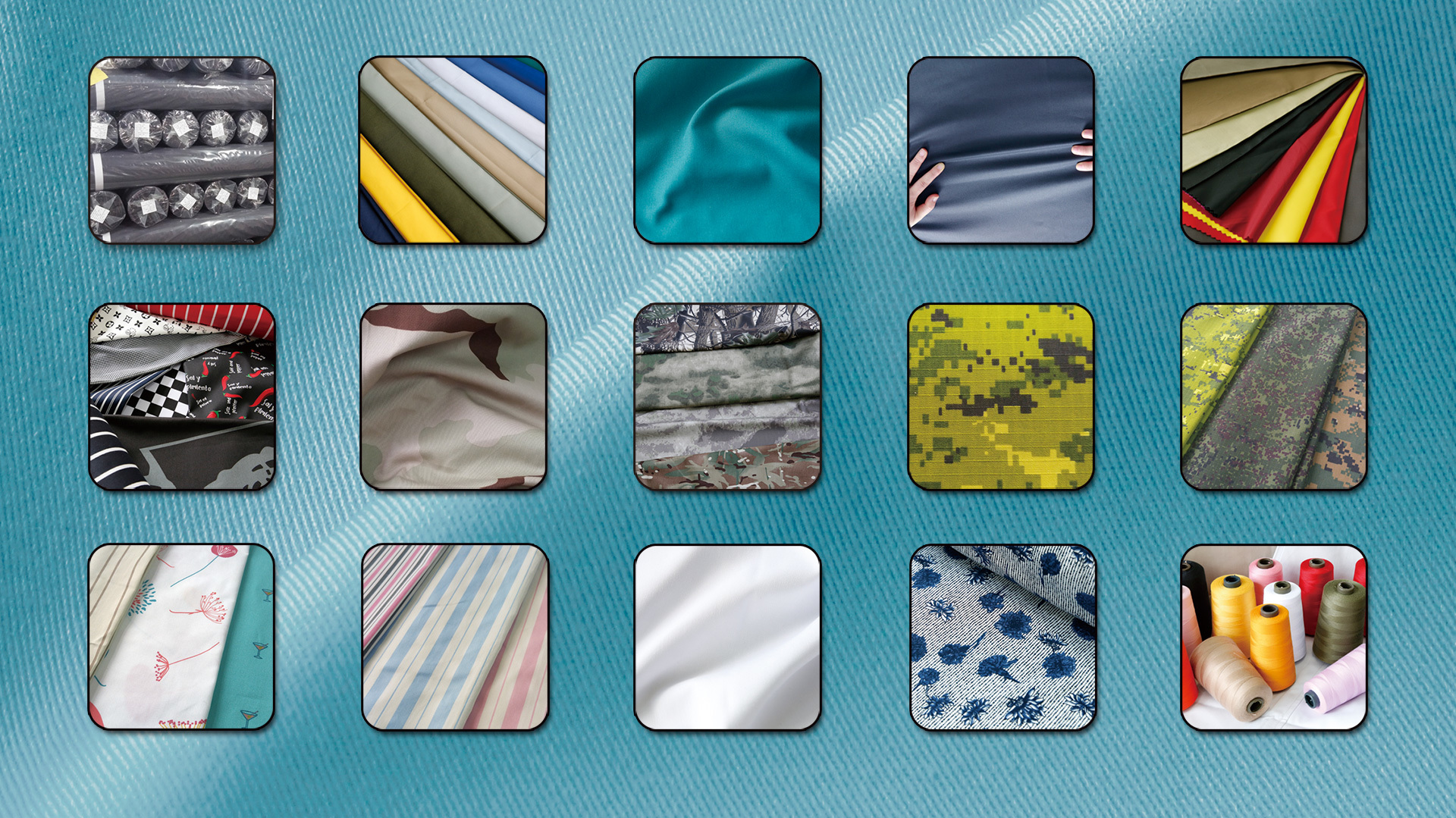Company established in
Annual production capacity of camouflage fabric
Annual production capacity of work uniform fabric
Annual production capacity of greige fabric
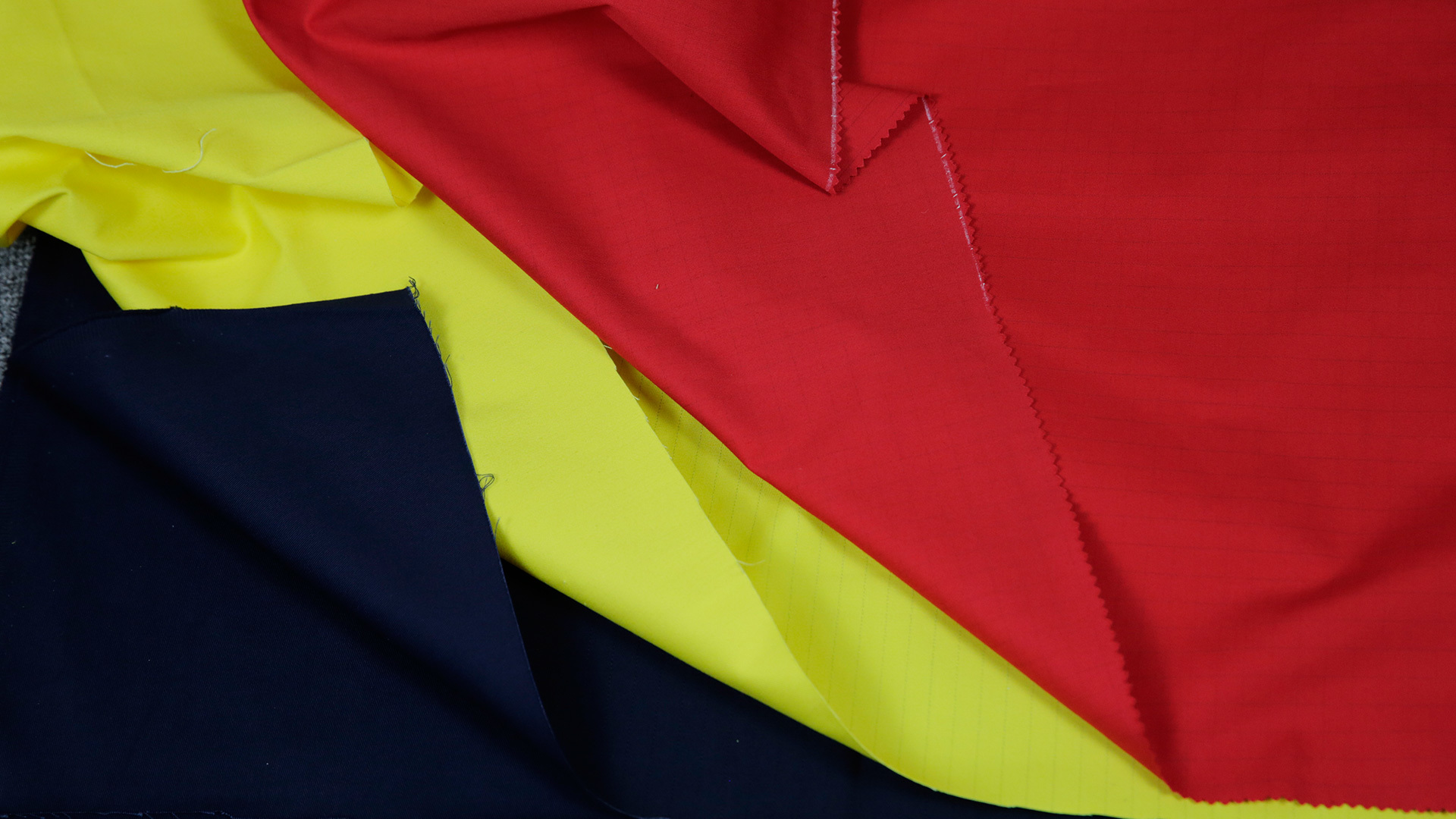
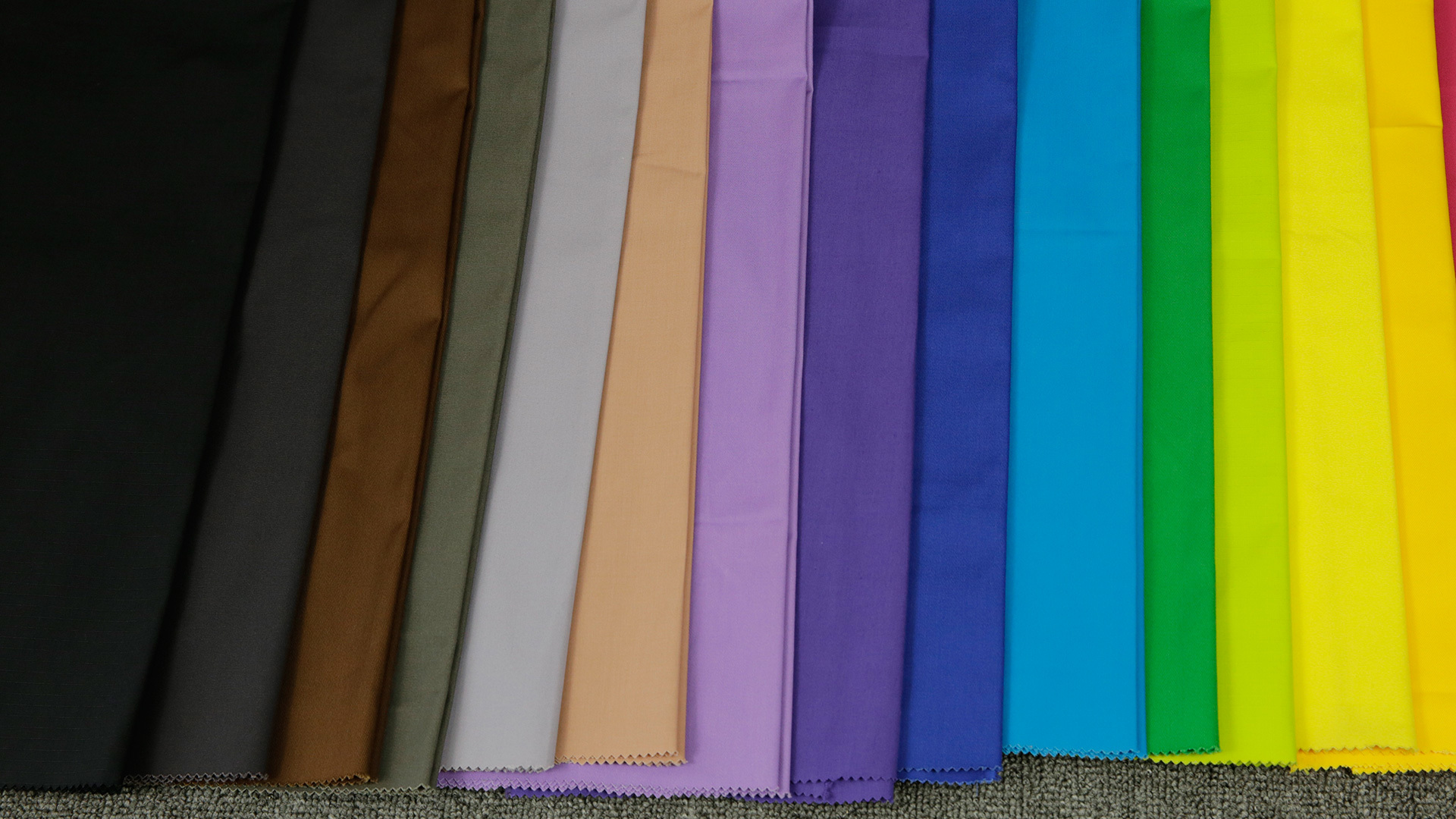
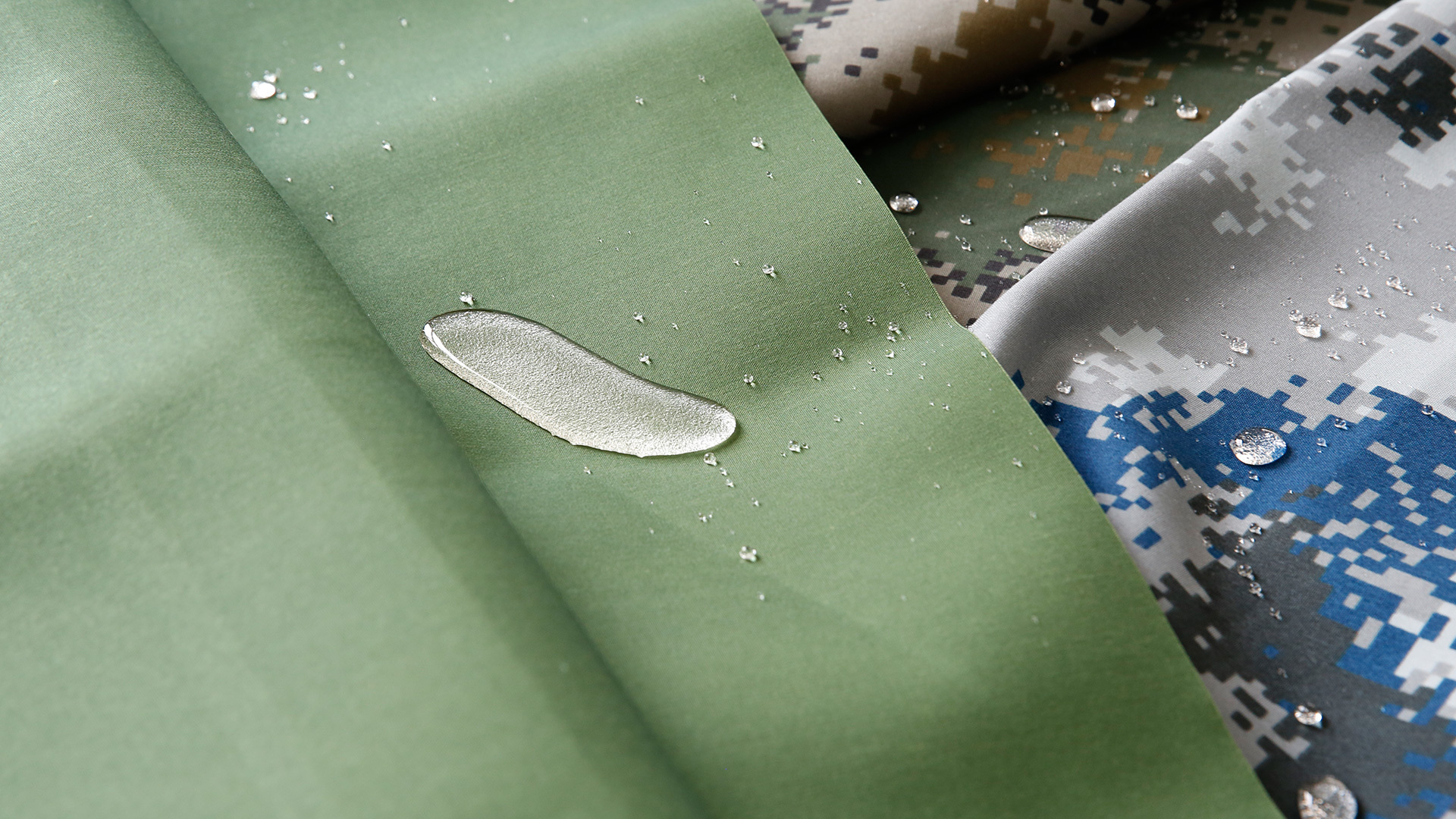
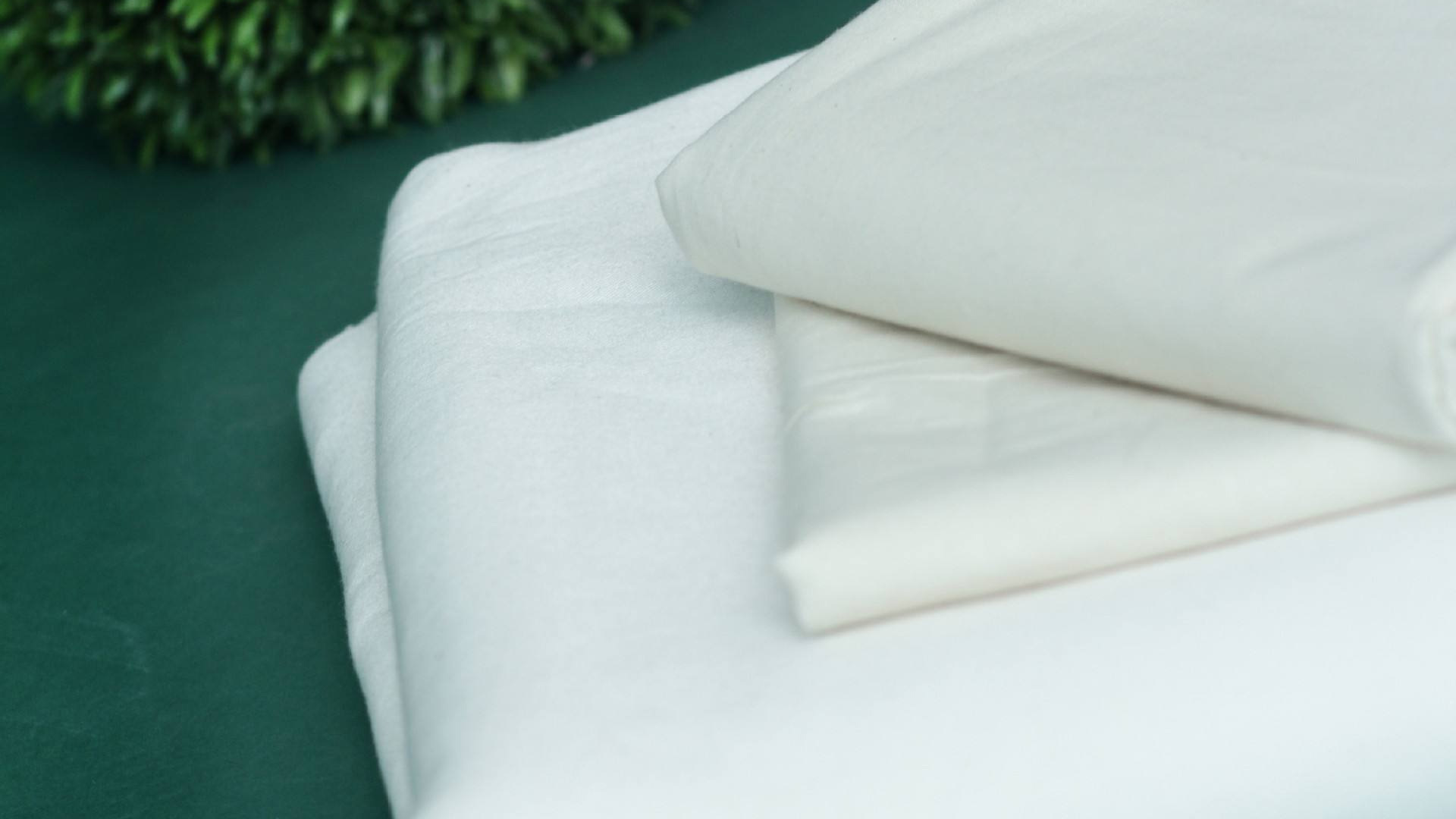

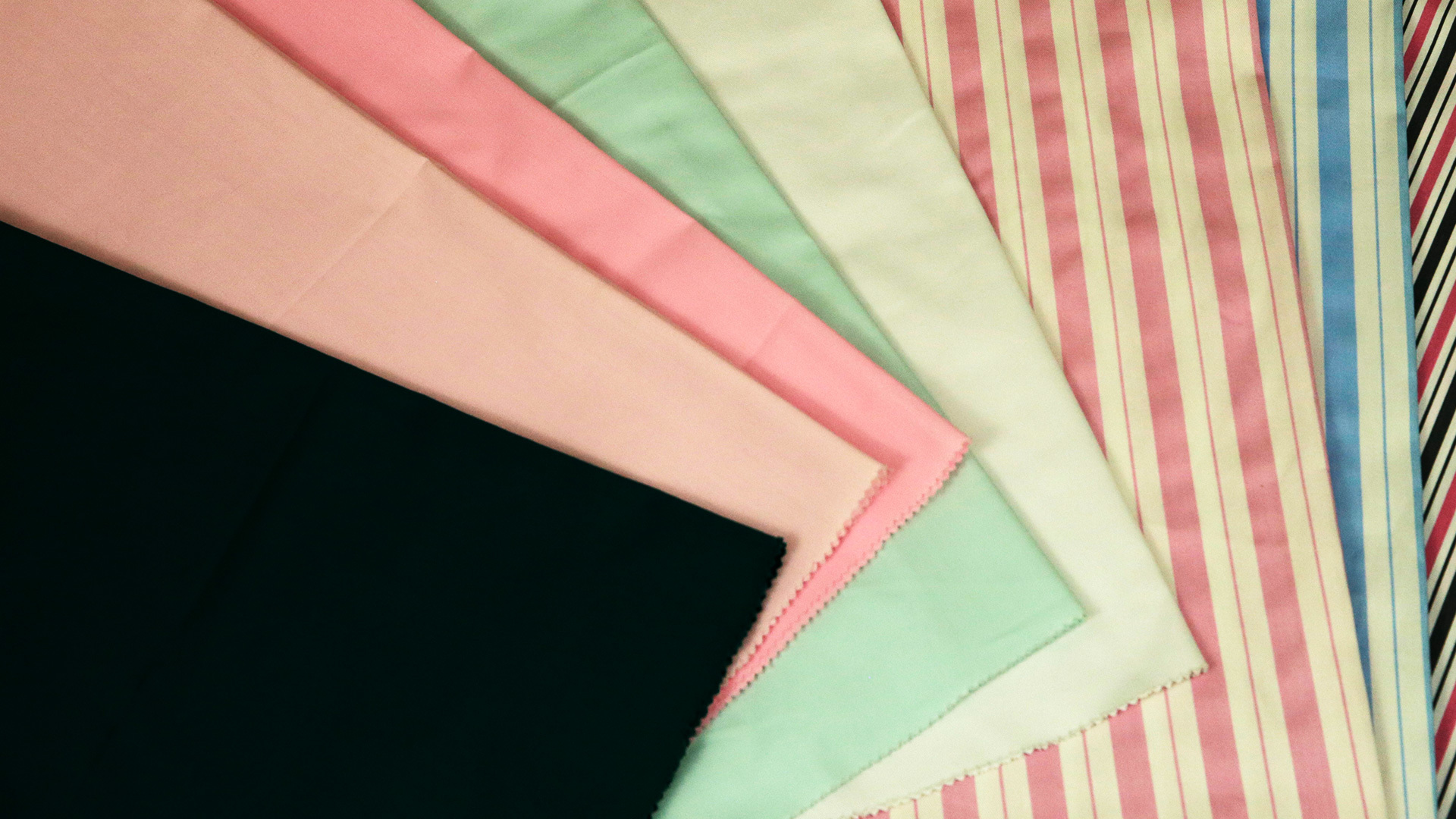
The main business is the production and sales of work uniform fabrics and camouflage fabrics.
The current annual production capacity of the company is: 48 million meters of greige fabric, 72 million meters of work uniform fabric, 20 million meters of camouflage fabric, 240 tons of sewing thread, and 100,000 sets of clothing.
Customized Products
Workwear Uniform Fabric
Functional Fabric
Grey fabric
Sewing thread
Bedding Fabric
PRODUCTS
Learn more about Chuannian products
EQUIPMENT
Chuannian, strength is evident
Chuannian Textile was established in 1958.
Chuannian Textile uses apparel industry standards to regulate enterprises in various industrial chains. Currently, the company's annual production capacity is: 48 million meters of greige fabric, 72 million meters of work uniform fabric, 20 million meters of camouflage fabric, 240 tons of sewing thread, and 100,000 sets of clothing. The company has a comprehensive showroom and a clothing fabric order experience center to meet the clothing fabric order needs of domestic and foreign customers and provide full industrial chain supporting services.
Currently, Chuannian produces a large number of military camouflage orders, exported to countries such as the UK, Russia, Bahrain, Egypt, and Brazil.
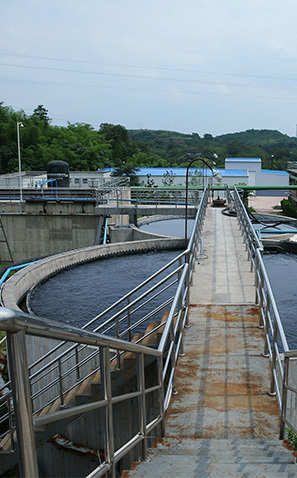
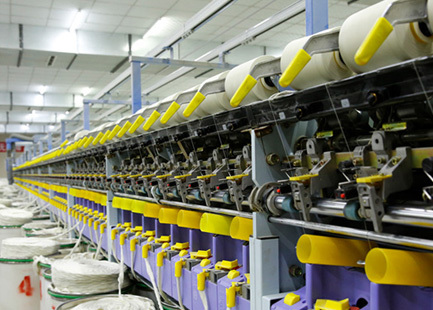
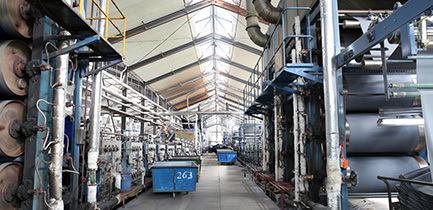
QUALITY
Quality control system
Testing items: fabric strength (breaking strength, tearing strength), yarn count, density measurement, weight measurement, shrinkage rate measurement, various color fastness tests (sweat, rubbing, washing, chlorine resistance, multi-fiber staining)
Water repellency index test, hydrostatic pressure resistance test, flame retardant index test, textile infrared reflection wavelength test (infrared protection), computer color measurement system
COMPANY PROFILE
Sichuan Cotton Textile
Focused on the production and sales of work uniform and camouflage fabrics
The company, established in 1958, is a large state-owned enterprise with factories for spinning, weaving, printing and dyeing, clothing, sewing thread, and supporting power plants and sewage treatment plants. It is a large production and operation company with a relatively complete industrial chain supporting facilities. The main business is the production and sales of work uniform and camouflage fabrics, with fabric applications covering machinery, electronics, petroleum, medical, forestry, construction, shipping, express logistics, schools, government agencies, catering, training, military, and other industries. The company uses apparel industry standards to regulate enterprises in various industrial chains
NEWS
Learn more about Chuannian news
CCTV News: China's textile and apparel industry was severely affected by the pandemic in the first half of this year, facing high inventory levels and tight cash flow, with the entire upstream and downstream industrial chain in a sluggish state. After entering August, the textile and apparel industry began to recover, and in September and October, the industry's exhibition economy became active again.
What are the contents of textile testing?
Does everyone test the textiles they purchase? The quality and hygiene of textiles are issues we need to pay attention to, so we must be careful with the textiles we buy. Today, I will talk about several aspects of textile testing.
The latest data shows that in the first 10 months, China's exports of textiles, including masks, increased by 34.8%. Behind this, the transfer of textile orders to domestic markets, including from India, is one of the important factors. During the recently passed peak season, the return of orders from India indeed brought a wave of warmth to the textile industry. Behind this wave, some companies made a big profit, while others faced even more difficulties.
Supply remains tight, spandex single-month increase exceeds 10%
In November, the raw material pure MDI market weakened, downstream purchasing enthusiasm remained low, new orders were difficult to increase, and buying sentiment was bearish.
Terminal textile traditional off-season, polyester filament prices adjust at a low level
At the beginning of the week, driven by the raw material market, production and sales took off. On the 25th, the production and sales of polyester filament yarn exceeded 300%. Downstream textile enterprises showed increased willingness to buy at the bottom, with some downstream factories replenishing stock, and purchasing strength generally increased compared to the previous period.

